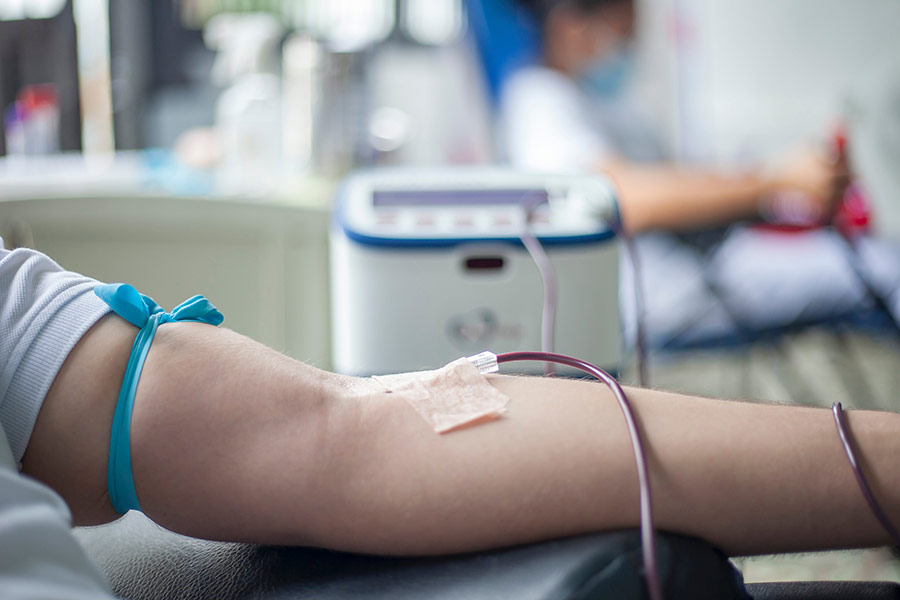National Blood Donor Month was established by President Richard Nixon on December 31, 1969, making January 1970 the first official observance. This month honors all those who volunteer to donate blood and raises awareness of blood drives and the uses of donated blood to encourage more donors to sign up.
Blood shortages are a common problem for the United States healthcare system, and remain so into 2024. Donations of blood have declined considerably in recent years, while approximately 29,000 units of blood are needed nationwide every day (or, approximately every 2 seconds). Since 1947, the American Red Cross has held blood drives where volunteers provide hospitals with the blood they need to perform lifesaving transfusions on severely injured or sick patients.

To give blood, you must be at least 16 years old in most states, be in good health, and weigh at least 110 pounds. Platelet and plasma donations have separate requirements. For a full list of the Red Cross’ donation requirements, see here. The Red Cross also allows you to find your nearest blood drive on their app. Typically, one pint of blood is taken per donation.
Before giving blood, be sure to get a good night’s sleep, eat substantial meals with iron-rich foods, and drink plenty of water. Bring your donor card, driver’s license, and/or two (2) other forms of identification to your donation site. Afterwards, drink extra liquids, be sure to have snacks (often, donation sites provide healthy food and drinks for recovering donors), and take it easy for the rest of the day.

If you have any questions or concerns, please feel free to contact us anytime at info@gravityintprog.com. Stay safe and healthy!






